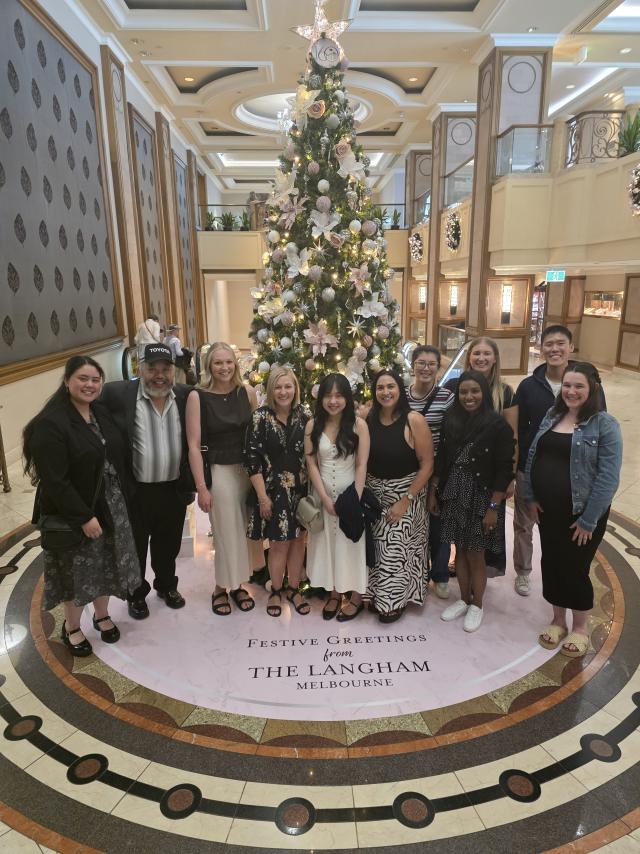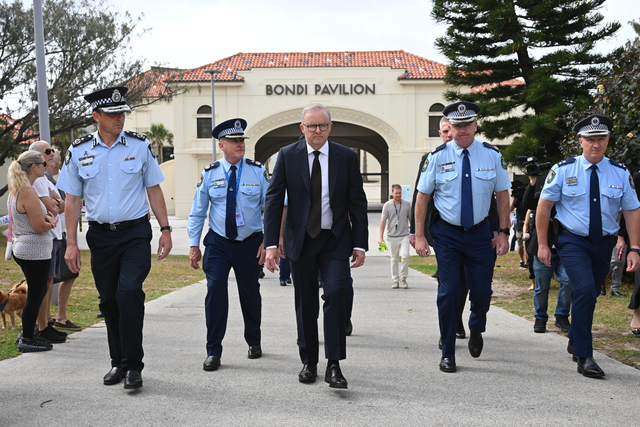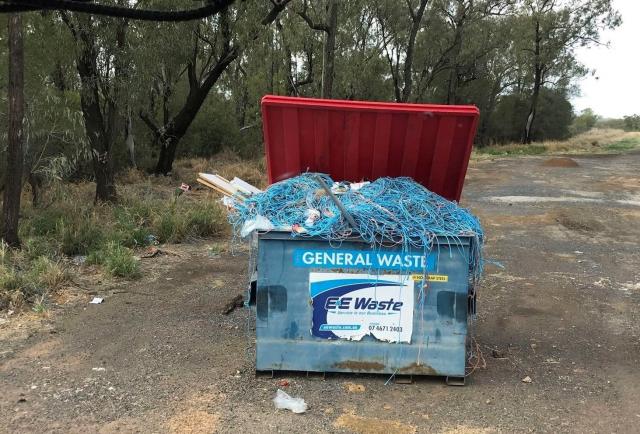Inspired by travels to Antarctica and Iceland, artist Amanda Page’s exhibition Metamorphosis captures the immense power of an energy force capable of building enormous ice masses and glaciers over expanses of time.
Metamorphosis is showing at the Yarra Ranges Regional Museum until Sunday 17 September.
With a focus on ice movement, tectonic plate shifts and glacial melt, Amanda explores the ephemeral processes that occur within nature through drawing, print making, photography and sculpture.
Revealing and recording the natural processes of freezing and melting substances and the movement of materials between solid to liquid forms informs the works.
“Ice is a transient and perishable material that references impermanence and instability,” Amanda said.
Using ice as a metaphor for change, the works capture the transformational and durational qualities of ice as it changes state, reforming, disappearing over expanses of time to eventually become formless.
Her works capture sea ice movement, tectonic plate shift, glaciers forming and glacial melt.
A snowflake represents a melting iceberg, a frozen moment in time.
A drop of water represents the whole ocean. One equals the sum of many parts. Fractal. Tessellated. Each snowflake is different from the next, but no two snowflakes are alike as their journey through time has been different.
“I reference the sublime and the immense power of natural energy forces that create enormous ice masses and glaciers over expanses of time,” Amanda said of the process.
“I’m influenced by the Land Art movement of the 1960s where artists present their relationship with the natural world by rearranging it, like Robert Smithson’s Spiral Jetty on the bank of a salt lake in Utah, and Chris Drury who used stenographs to record winds in Antarctica and correlate them to a human heart beat, and Cameron Robbins whose uses instruments to produce drawings of natural forces.”
Yarra Ranges Regional Museum is at 33 Castella Street, Lilydale.
It is open every day from 10am to 4pm.
Taking ice experiences to the edge

Digital Editions
-

Yarra Junction Dental Surgery welcomes Dr Luke Emery
Dr Stewart Gin is pleased to announce the addition of his good friend Dr Luke Emery to the Yarra Junction Dental Surgery team. Dr Emery…





